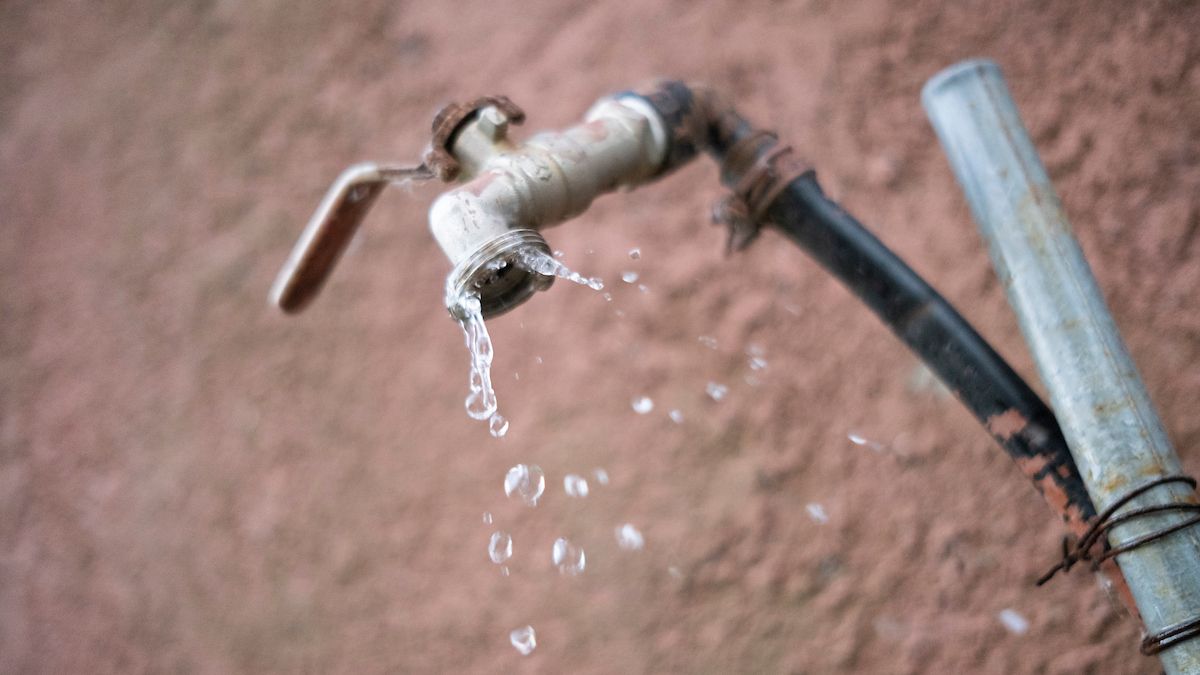The president of the public company stated that they had to take out a loan for US$60 million to cover the increase in costs.
The president of the National Administration of State Sanitary Works (OSE), Raúl Monterosaid that the historical drought What did you experience Uruguay for much of last year, and which led to the water crisis In the metropolitan area, it generated costs of between 80 and 100 million dollars for the public company.
The content you want to access is exclusive to subscribers.
The economic impact of the drought in the country was not only in terms of how it affected production and, consequently, export income; but was also seen in the increase in spending, both from the Central government, in the form of support measures for the affected sectors, such as OSE, the main company involved because it is in charge of water issues in the national territory.


In that sense, the head of the public entity, Montero, stated in dialogue with 970 Noticias that the direct cost generated by the drought was between 80 and 100 million dollars. Likewise, he confirmed that he had to take a loan of 60 million dollars to face the significant increase in expenses that, in parallel, was accompanied by a default that amounted to 18 million dollars.
Montero also referred to Severino Pass, the drinking water reserve that was most complicated during the worst moment of the crisis last year, and assured that it is being used. Currently, the dam is at about 54 million cubic meters when, last summer, it had less than half, around 24 million cubic meters. “We have all fresh water that is between Running Waters and the mouth of the Río de la Plata. There are things that are much better,” said the president of OSE.
As for the Arazatí project, also called Neptune, which foresees the construction of a new water treatment plant in Saint Joseph, destined for the metropolitan area, the head of the public company explained that at this moment work is being done on three levels: “expropriations, finalizing contracts with companies and environmental permits.”
The latter would be completed towards the end of June. “It is a goal that must be met,” said Montero.
A more prepared OSE
Days ago, Montero assured that the state company is better positioned and more prepared to face a potential new drought that can bring with it La Niña phenomenon in the middle of the current year to the country.
Montero explained that, today, SBI “starts from a better situation than in 2023” to confront the climate phenomenon, since some procedures were put into practice during the historic drought last year, and a protocol was also created.
“We have some built infrastructure that gives us more strength,” said the leader, who added: “a year ago, in February 2023, we had almost half the water that we have now in Severino Pass (Florida)because we were spending it like we always spend it.
“At the beginning of the fall the rain came and the issue was not resolved,” he commented. Huntsman, alluding to this as one of the consequences of the water calamities that affected the country. “Now we are taking care of that water, and, to the extent that we have to put the water pipe to work San Jose River“We are going to use it,” he explained.
Source: Ambito




